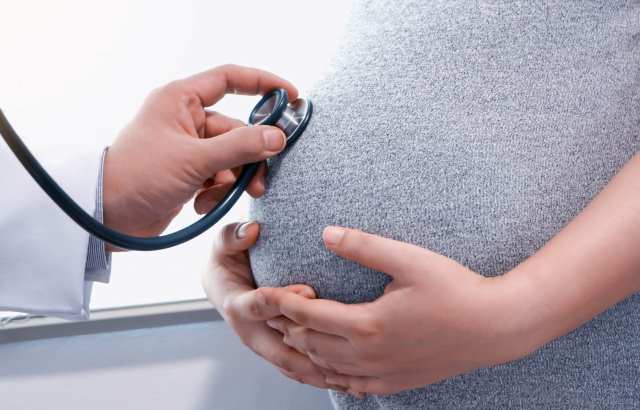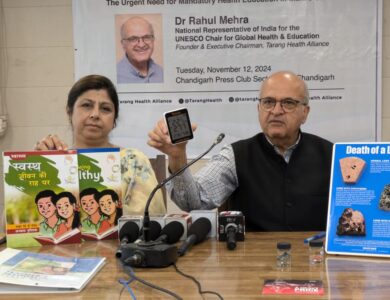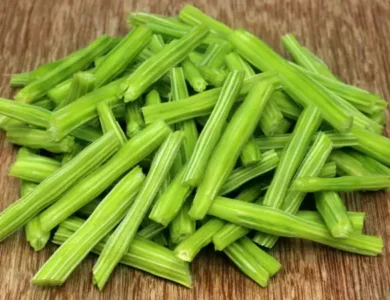Facing Diminished Ovarian Reserve? Don’t Lose Hope! Your Guide to Fertility Options and Family Dreams.

Among women, the journey to becoming a mother can be a joyous one, overflowing with hope and anticipation. However, for some couples – particularly patients with diminished ovarian reserve – the path to conception can be a problematic journey, with DOR being the significant barrier. This article delves into the intricate relationship between fertility, infertility, and DOR, providing a comprehensive understanding of its impact and exploring available treatment options.
What is the Impact of Diminished Ovarian Reserve on Fertility?
Diminished ovarian reserve is a clinical condition referring to a decrease in the quantity and quality of ovarian follicles within the ovaries. This reduction in egg reserve, often associated with older age, can significantly impact a woman’s fertility, making natural conception a challenge. Here’s a closer look at the consequences of DOR on fertility:
- Decline in Fertility: DOR, prevalent among women of mean age and older, results in a decrease in the number of viable ovarian follicles available for fertilization, lowering the overall chance of successful conception.
- Antral Follicle Count (indicator of ovarian follicle availability): The antral follicle count (AFC) in the female reproductive system serves as a crucial marker of DOR. A low AFC, common among women of older age, suggests a diminished egg reserve and offers insight into reduced fertility potential.
- Reproductive Age: Women, especially of mean or older age, with DOR may experience a steeper decline in fertility compared to those with a healthy ovarian follicle count.
- Poor Ovarian Response: During fertility treatment, women with DOR may exhibit a poor response to ovarian stimulation medications, resulting in fewer eggs retrieved for fertilization.
Understanding Diminished Ovarian Reserve and its Effects on Fertility:
Several factors contribute to diminished ovarian reserve, including:
- Age: As women age, their ovarian reserve naturally diminishes.
- Genetics: Certain genetic factors can predispose individuals to DOR.
- Medical conditions: Medical conditions like endometriosis and autoimmune disorders can impact ovarian function.
- Environmental factors: Exposure to toxins and medical treatments like chemotherapy can affect ovarian reserve.
Exploring the Impact of Ovarian Aging on Fertility:
Ovarian aging is a natural process characterized by a decline in egg quantity and quality. This decline is associated with:
- Decreased follicular growth and development: Fewer follicles reach maturity, leading to a reduced pool of eggs available for ovulation.
- Age-related chromosomal abnormalities: Eggs from older women are more likely to have chromosomal abnormalities, resulting in an increased risk of miscarriage.
- Reduced egg quality: The quality of eggs deteriorates with age, impacting their fertilization potential and embryo development.
Understanding Poor Ovarian Response in Older Women:
Older women with DOR often exhibit a poor ovarian response to fertility medications. This is due to:
- Limited number of egg follicles: With fewer follicles present, the ovaries are less responsive to stimulation.
- Decreased sensitivity to hormones: The ovaries become less sensitive to hormonal stimulation, impacting egg production.
- Impaired egg quality: Even with stimulation, the retrieved eggs might be of poor quality, reducing the chances of successful fertilization and embryo development.
Primary Ovarian Insufficiency and its Impact on Fertility:
Primary ovarian insufficiency (POI) is a condition characterized by early ovarian failure, typically occurring before the age of 40. Women with POI experience:
- Cessation of menstruation: Their periods stop or become irregular.
- Elevated FSH levels: Their blood levels of follicle-stimulating hormone (FSH) are significantly elevated.
- Reduced estrogen levels: Estrogen production declines, leading to symptoms like hot flashes and vaginal dryness.
- Infertility: POI significantly reduces fertility potential, making natural conception highly unlikely.
Markers of Ovarian Reserve and Age-Related Fertility Decline:
Several tests can help assess ovarian reserve and predict potential fertility challenges:
- Antral Follicle Count (AFC): Ultrasound examination to count the number of antral follicles in the ovaries.
- Anti-Müllerian Hormone (AMH) level: Blood test to measure AMH, a hormone produced by developing egg follicles.
- FSH level: Blood test to measure FSH, a hormone that stimulates egg development.
- Inhibin B level: Blood test to measure inhibin B, another hormone involved in ovarian function.
What are the Available Treatment Options for Diminished Ovarian Reserve?
Despite the challenges associated with DOR, several treatment options can help women with diminished ovarian reserve build their families. Here are some key approaches:
Fertility Treatment Strategies for Women with Diminished Ovarian Reserve:
- Ovarian stimulation: Controlled ovarian hyperstimulation (COH) medications are used to stimulate the ovaries to produce multiple eggs for fertilization.
- Assisted Reproductive Techniques (ART): These techniques, including IVF, ICSI, and PGD, can be used to improve the chances of conception with DOR.
- Fertility preservation: Options like egg freezing and ovarian tissue freezing can help women with DOR preserve their fertility potential for future use.
Exploring Assisted Reproductive Techniques for Women with Diminished Ovarian Reserve:
Assisted reproductive technologies (ART) play a crucial role in overcoming the challenges of diminished ovarian reserve and aiding women in achieving their parenthood dreams. Here’s a closer look at some key ART procedures:
1. In Vitro Fertilization (IVF):
This widely used technique involves stimulating the ovaries to produce multiple eggs, retrieving them surgically, fertilizing them with sperm in a laboratory, and then transferring the resulting embryos back to the uterus for implantation.
IVF offers several advantages for women with DOR:
- Maximizes egg retrieval: Retrieves multiple eggs, increasing the chances of viable embryos for implantation.
- Allows for advanced embryo selection: Techniques like preimplantation genetic diagnosis (PGD) can be used to identify and select embryos free of genetic abnormalities, improving pregnancy success rates and reducing the risk of miscarriage.
- Offers flexibility: Enables women to freeze embryos for future use or consider egg donation as an option.
2. Intracytoplasmic Sperm Injection (ICSI):
-
- This advanced technique is particularly beneficial for women with DOR who have limited sperm available or face issues with sperm fertilization.
-
- During ICSI, a single sperm is directly injected into the egg cytoplasm, bypassing the natural fertilization process.
-
- This technique significantly increases the chances of fertilization and embryo development, even with DOR.
3. Preimplantation Genetic Diagnosis (PGD):
-
- This technique allows for genetic testing of embryos before implantation.
-
- PGD helps identify embryos with chromosomal abnormalities, preventing the transfer of affected embryos and increasing the chances of a healthy pregnancy.
-
- For women with DOR, PGD plays a vital role in:
-
- Reducing the risk of miscarriage: By selecting genetically normal embryos, PGD significantly lowers the risk of miscarriage associated with DOR.
-
- Improving pregnancy success rates: Selecting healthy embryos enhances the chances of a successful implantation and pregnancy.
-
- For women with DOR, PGD plays a vital role in:
4. Egg Donation:
-
- For women with severely diminished ovarian reserve or for those who have undergone premature ovarian failure, egg donation can offer a viable option for achieving pregnancy.
-
- In this procedure, eggs from a healthy donor are used for fertilization with the intended father’s sperm.
-
- The resulting embryos are then transferred to the recipient’s uterus for implantation.
-
- Egg donation provides a chance for women with DOR to experience pregnancy and motherhood.
5. Ovarian Tissue Freezing:
-
- This technique allows women with DOR to preserve their fertility potential for future use.
-
- Ovarian tissue containing immature eggs is surgically removed, frozen, and stored.
-
- In the future, the tissue can be thawed and the eggs matured in a laboratory for fertilization and implantation.
-
- Ovarian tissue freezing offers hope for women whose fertility is compromised due to DOR or medical treatments like chemotherapy.
Choosing the Right Treatment:
The best treatment approach for women with DOR depends on various factors, including:
-
- Age
-
- Ovarian reserve test results
-
- Medical history
-
- Personal preferences
-
- Financial considerations
It’s crucial to consult with a fertility specialist to discuss individual circumstances and explore the most suitable treatment options for achieving pregnancy.
Diminished ovarian reserve presents a significant challenge to women’s fertility. However, with advancements in assisted reproductive technologies and a comprehensive understanding of DOR, there are numerous avenues for women to overcome these challenges and build their families. By staying informed, seeking expert guidance, and choosing the right treatment approach, women with DOR can navigate the path to parenthood with hope and optimism.








